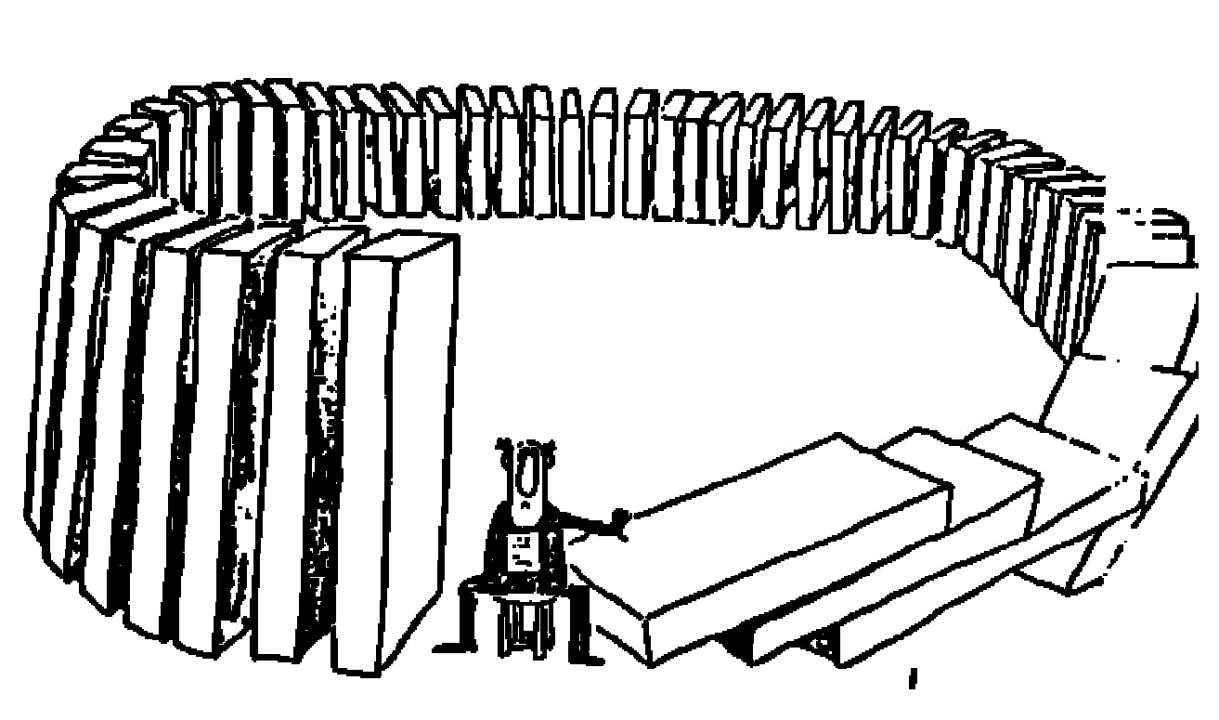
Biodynamic Craniosacral Therapy in Lewes and Brighton
Biodynamic craniosacral therapy (BCST) is a gentle and profound treatment method, that uses dialogue, refined relational touch and therapeutic presence to invite an awareness of, and realign with, the underlying theme of health that we all have running within us.
What is it?
Latest blog…
THE HEART IS A DOMINO
Difficult or traumatic experiences in the past, can create patterns of disturbance in the physical and emotional body, and distort the expression of health . If these patterns remain unresolved, they will eventually manifest into the kinds of symptoms that characterise many of the now common and increasing chronic health diagnoses, both mental and physical.
Why would i need it?
I strive for my practice to be open, authentic and practical. Biodynamic craniosacral therapy sounds complicated and it may seem that it’s obscure and maybe fanciful. But it’s really not.
The fundamental act of being with another, and with the intention of holding space for ourselves to be as we are now, changes us. We use touch as a way of connecting with care and warmth in order to call in a particular kind of presence that moves us. We mostly become wounded in relationship and so we also need to heal in relationship. We need the full unconditional attention of another being in order to be fully seen and heard. When we can experience this connection everything changes. It’s simple, beautiful and honest – there is nothing more down to earth than that.
Practical and down to earth

How can Craniosacral Therapy Help you?
Persistent pain and chronic health conditions
The healing capacity inherent in all of us is much more powerful than anything external that we could apply. When the nervous system and psyche become chronically contracted around habituated patterns of fear - pain and poor health follow. CST helps break the cycle of contraction, allowing the space for natural health to express through the system.
Stress related illness
Chronic stress is the cause of so many health issues. CST calms and balances the Autonomic nervous system (which manages the stress response) and facilitates an expansion of our ‘window of tolerance’ to stress. This provides stability, balance and resilience.
Periods of change and transition
One of the big themes in craniosacral therapy is integrity. It is, at it’s heart, an integrative process. Developing an embodied sense of who you are and what you feel in your heart and gut is extremely helpful when making important life changes. The sessions provide a reference point and a holding place from which to navigate the path.
Personal development
Biodynamic Craniosacral therapy works with mindfulness and awareness to study ourselves in order to understand ourselves - which in turn allows us to grow. Discovering our authenticity seems to be part and parcel of contacting that basic blue print of health. The therapeutic relationship is central in CST. The client/practitioner dyad is an extremely important part in healing relational wounds in a context of trust and safety.
Immune system disorders
The nervous system, the psyche and the immune system all function as one. A system predisposed to respond with a predominant theme of defence tends to be highly reactive and inflammatory in nature. In this context negative self beliefs can in some cases confuse the immune system and instigate a situation where the body wages war on itself.
CST has a core objective of orienting the client towards a new story of health and agency, whereby these systems begin to operate under a new dominant theme of safety. This in turn positively influences mitochondrial and epigenetic factors that contribute to hyper-reactivity and auto immune dysfunction.
Deep rest, centring and grounding
Many people seem to find it difficult to find the time to stop doing. Almost everyone that comes for a craniosacral treatment reports feeling deeply relaxed, calm and centred. It is so important for the body and mind to have a reference point for what it feels like to be present, open and spacious – this is where change and healing happens.



